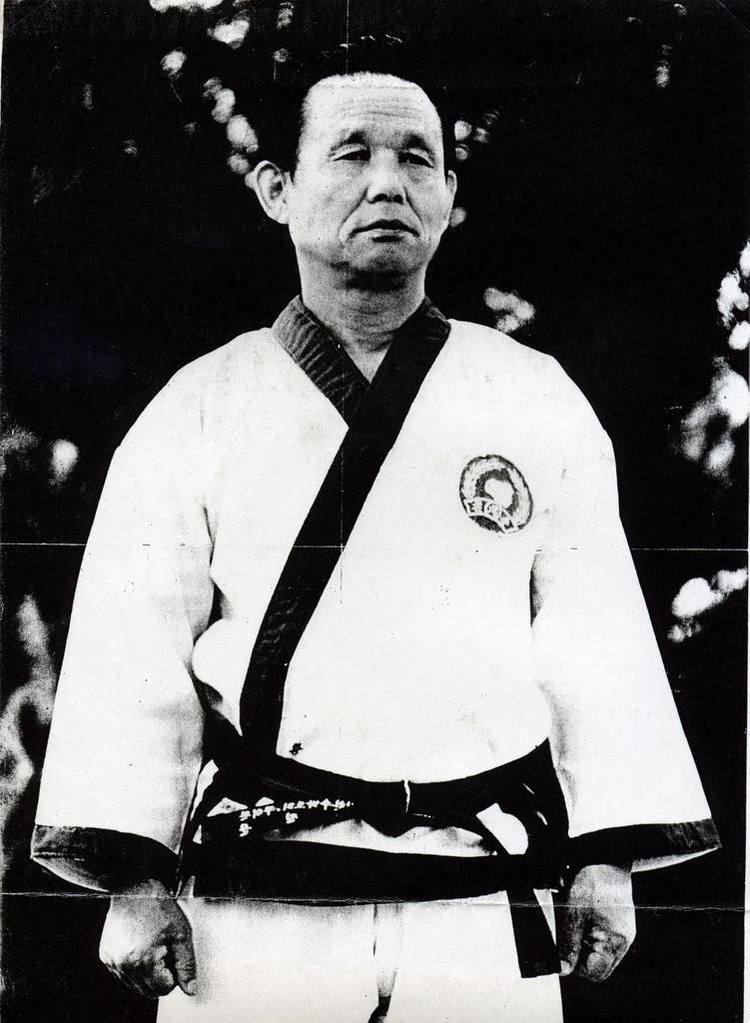Korean Karate - The Facts
Wiki Article
What Does Korean Karate Do?
Table of ContentsPremium Tang Soo Do Gi for DummiesNot known Details About Tang Soo Do Uniforms Examine This Report on Premium Tang Soo Do GiTop Guidelines Of Trimmed Tsd UniformThe 8-Minute Rule for Kicking Pants
Yellow Belt Joined: 18 Apr 2005Posts: 40Location: Pt. St. John Florida, Styles: Soo Bahk Do, ATA TKD.
Something went incorrect. Wait a minute and try once more Attempt once more.

Little Known Facts About Premium Tang Soo Do Gi.
Is Flavor Soo Do efficient self-defense? Self-defense and Striking Designs- Kicking Based (Taekwondo, Flavor Soo Do) Self-defense and also Striking Designs, Kicking Based (Taekwondo, Tang Soo Do, etc) So the strength in self protection by means of the kicking designs can be found in having the ability to keep an excellent range from one's opponent.
How long does it take to gain a black belt in Flavor Soo Do? It takes roughly six months of training for many trainees to advance to the following belt degree.
The history of modern-day Soo Bahk Do is inseparably bound up with the life of Grandmaster Hwang Kee. The length of time does it require to get a black belt in Soo Bahk Do? After 4-5 years of training, you undergo a rebirth and participate in a brand-new stage of your training as a dan participant. why not try these out.
This moment is a fruitful result of your training as well as a time to check out Soo Bahk Perform with brand-new eyes and even personalize your training to match your needs. What is Su Bak do? Subak () is an ancient fighting style that stemmed in Korea and uses bare hand techniques.
Moo Duk Kwan Can Be Fun For Everyone
It is a various battling style from Soo Bahk Do, which is a contemporary martial art using the very same enunciation however with a different punctuation (Tang Soo Do uniforms).What does Moo mean in flavor soo do? Moo Do (Martial Way) Moo = military, chivalry, martial; within the ideograph the internal part of the symbol is words for "stop" and the lengthy brush stroke on the external part that appears like a sword indicates "tool". As a result of the contemporary significance of, Moo is a lot more frequently made use of denote "to quit a tool" or "to stop physical violence".
His Soo Bahk Do fighting style system included the material and attributes of his previous Flavor Soo Do fighting style system as well as was increased as well as boosted to include a substantial quantity of new web content. Just how do you articulate Flavor Soo Do terms? "Flavor Soo Do" () is the Korean enunciation of the Hanja (noticable Tng shu perform in Chinese), and equates essentially to "The Method of the Flavor Hand." The very same characters can be pronounced "karate-d" in Japanese.
Is Soo Bahk Do Karate? Soo Bahk Do is significant for its use strong, deep positions as in Shotokan Martial arts, while additionally highlighting an extremely active use the aware of help produce pressure in each motion performed. discover here. It is known for its substantial range of kicks, a characteristic of Oriental fighting styles.
Not known Facts About Tae Kwon Do
What does Bahk imply? The term "Bahk" has lots of definitions consisting of to entangle, turn, hand over, pound, or adjustment. Is Flavor Soo Do aggressive? Tang Soo Do strategies are defensive, and hostile behavior amongst pupils is not endured. Although we will certainly defend ourselves when offered no option, the positive self-image developed by learning Flavor Soo Do promotes the technique and recognition to stay clear of fierce fights.To outsiders merely watching Tang Soo Do vs Tae, Kwon, Do pupils educate, the differences can seem mild. To those that dive a little much deeper, or far better yet, site link those who educate in both the differences are stark. What are these resemblances and distinctions as well as why are they there? Here is a graph to set out the 10 main distinctions as well as similarities in Flavor Soo Do vs Tae, Kwon, Do.
To be sincere, total both are kicking based fighting styles systems coming out of the culture of the Oriental people (trimmed TSD Uniform). It is fair to call them comparable and also appropriate to call them different. Components, The History Behind Tang Soo Do vs Tae, Kwon, Do, Though these 2 styles have actually become somewhat various in recent times, they share an extremely similar background.
This was achieved by the weak and also smaller sized of the districts as a result of a focus on martial training and also integrating empty handed combative strategies (read more). As soon as this unification was complete, these empty handed methods began to be taped and also educated by the military units of the kingdom. Later they made their means right into the general populations.
Tang Soo Do Uniforms Can Be Fun For Everyone
All forms of these vacant handed kinds of army battling as well as private self protection were disallowed. This type of atmosphere had a huge influence on the Oriental variations of vacant handed self protection.Later on, when the profession ended, the Japanese Karate kinds were shed for the a lot more social and patriotic centered Oriental styles. This took several decades to develop and what we have today in Tae, Kwon, Do is a relatively brand-new version of a martial arts system. Tang Soo Do proports to attract from even more old origins, however several of the Poomsae or types are directly pulled from Okinawan Martial arts systems.
Report this wiki page